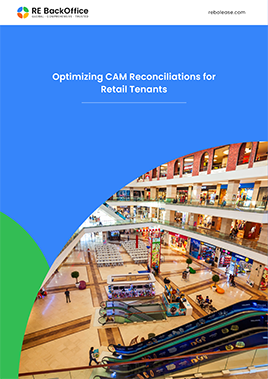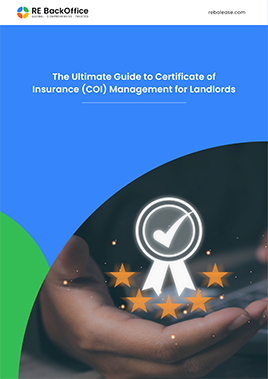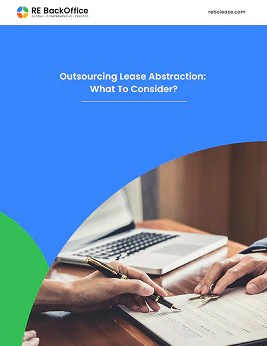
The Landlord's Right of Access clause in a lease agreement is a crucial provision that delineates the conditions under which a landlord may enter the leased premises. Despite owning the property, the landlord does not have unrestricted access to it once the premises are leased. Upon handing over the premises to the tenant, the tenant gains the right to privacy and full utilization of the space, which restricts the landlord from entering at will.
Conditions for Landlord's Entry
The Landlord's Right of Access clause specifies the circumstances that permit the landlord's entry into the premises and outlines whether prior notice is mandatory. These circumstances generally fall into two categories: emergencies and non-emergency situations.
Emergency Situations
In emergency situations, the landlord may need to access the premises immediately to address urgent issues that could endanger the safety of the occupants or the property. For instance, if there is a fire outbreak, the landlord is permitted to enter the premises without prior notice to activate safety measures such as sprinklers. Other emergencies might include gas leaks, severe water damage, or any condition that poses a direct threat to the health and safety of the tenants or the structural integrity of the property.
Non-Emergency Situations
For non-emergency situations, the landlord is generally required to provide notice before entering the premises. This includes routine maintenance, repairs, or inspections. For example, if the landlord identifies a minor leak during a scheduled inspection, they must inform the tenant in advance about the visit to address the issue. Common tasks that might necessitate the landlord's entry include:
- Repairs: Fixing plumbing issues, electrical problems, or other maintenance tasks.
- Alterations and Maintenance: Painting walls, replacing carpets, or any other necessary alterations.
- Scheduled Inspections: Routine checks to ensure the property is in good condition and complies with safety standards.
The notice period for non-emergency access is typically specified in the lease agreement and varies by jurisdiction but commonly ranges from 24 to 48 hours.
Showcasing the Premises
Another scenario where the landlord's entry is permissible involves showing the premises to prospective tenants. As the existing lease approaches expiration, the landlord may need to exhibit the property to attract new tenants. This process is usually facilitated through brokers and requires the landlord to coordinate with the current tenant to arrange suitable times for the showings. Similar to other non-emergency entries, advance notice must be provided to the tenant.
Balancing Rights and Responsibilities
The Landlord's Right of Access clause aims to balance the landlord's need to maintain the property and the tenant's right to privacy and peaceful enjoyment of their home. Tenants should be aware of their rights regarding landlord entry, and landlords must adhere to the terms outlined in the lease agreement to avoid legal disputes.
The Landlord's Right of Access clause is a vital part of any lease agreement, protecting both the tenant's privacy and the landlord's interest in maintaining the property. Understanding the conditions under which a landlord may enter the leased premises, and the requirement for prior notice in non-emergency situations, helps ensure a harmonious landlord-tenant relationship. Tenants should familiarize themselves with this clause to know their rights and responsibilities, while landlords should follow the specified procedures to maintain trust and avoid potential conflicts.


